How many electric heaters do you need to heat a house? It all depends on these 5 things, according to experts
5 things to consider if you want to know exactly how many you’ll need to beat the chill this winter


If you’re considering buying an electric heater for your home, it can be challenging to know where to start. After all, this appliance may be completely new to you, and you may have many questions, including: How many electric heaters do you need to heat a house?
Of course, the best electric heaters are an effective way to beat the winter chill and keep you comfortable over the colder months. But with rising energy bills and plummeting temperatures hitting homeowners simultaneously, one eclectic heater may not seem like enough - especially when so many people are questioning whether electric heaters are cheaper than central heating.
As Nicholas Auckland at Trade Radiators explains, ‘To fully heat a home, you would likely need an electric heater in every room. In larger rooms, you might need two electric heaters. This is because electric heaters only heat the space they're placed in, instead of distributing heat throughout the home.’ However, the exact number will depend on several factors, so it’s best to consider the following if you want to know how many electric heaters you’ll need to heat your home exactly.
1. The size of your home
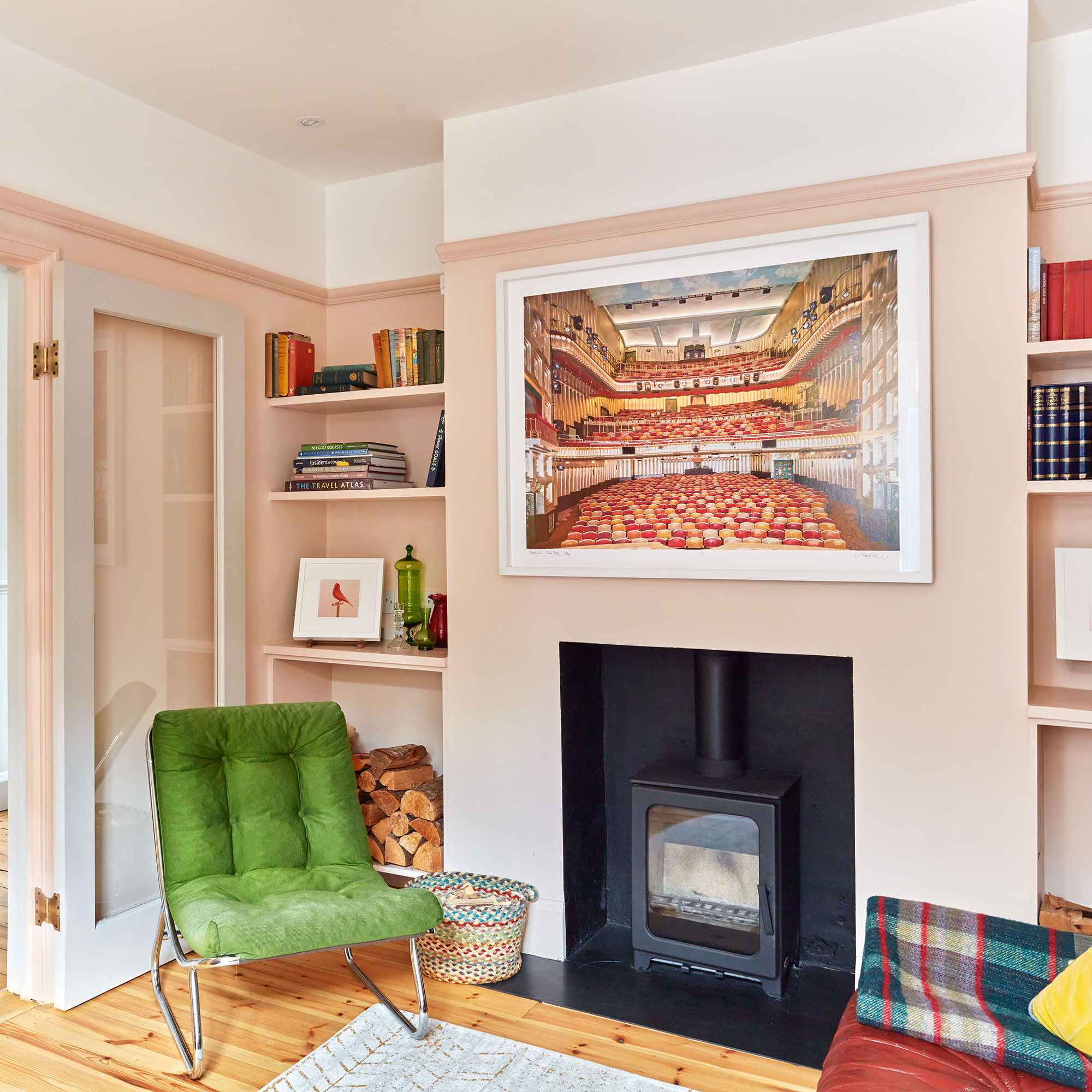
The bigger your home, the longer it’ll take to heat - and this is the case no matter whether you have central heating or electric heaters. Because of this, the size of your home will directly impact how many electric heaters you’ll need to heat your house. Choosing the wrong size - and the wrong wattage - is one of the most common electric heater buying mistakes people make.
Nathan McEvoy-Swann from Alert Electrical explains, ‘A general guideline is to calculate the wattage required based on room size. As a rule of thumb, you need around 100 watts per square metre. For example, a 20m² room would need a 2,000-watt heater to maintain a comfortable temperature.’
In some cases (for example, if you’re lucky enough to live in a very large home with larger-than-average rooms), you may find that electric heaters just don’t cut the mustard. It may be that it’ll work in your favour to invest in a more efficient heating system instead.
This is echoed by Nicholas, who says, ‘Central heating/gas heating systems rely on having a central system in order to distribute heat evenly throughout the house. However, as electric heaters don't have a centralised system, each radiator is its own source, which provides more localised heating than central heating systems do.’
Get the Ideal Home Newsletter
Sign up to our newsletter for style and decor inspiration, house makeovers, project advice and more.
2. The type of heater

There are three main types of electric heaters: fan, convector, and halogen. All of them have their perks and pitfalls, and they all suit different areas of the home. Of course, you could also consider the best oil-filled radiators.
Explaining further, Nathan says, ‘In most homes, a combination of heaters works best. For living spaces, consider using larger, more powerful units, while smaller panels or oil-filled heaters are ideal for bedrooms or hallways. It's also a good idea to use heaters with thermostatic controls and timers to manage energy consumption and avoid overheating.’
It’s also worth understanding which type of electric heater is cheapest to run if you feel like you need or want to use more than one electric heater to heat a house. Especially if you’re trying to save energy at home.
3. Your home’s insulation
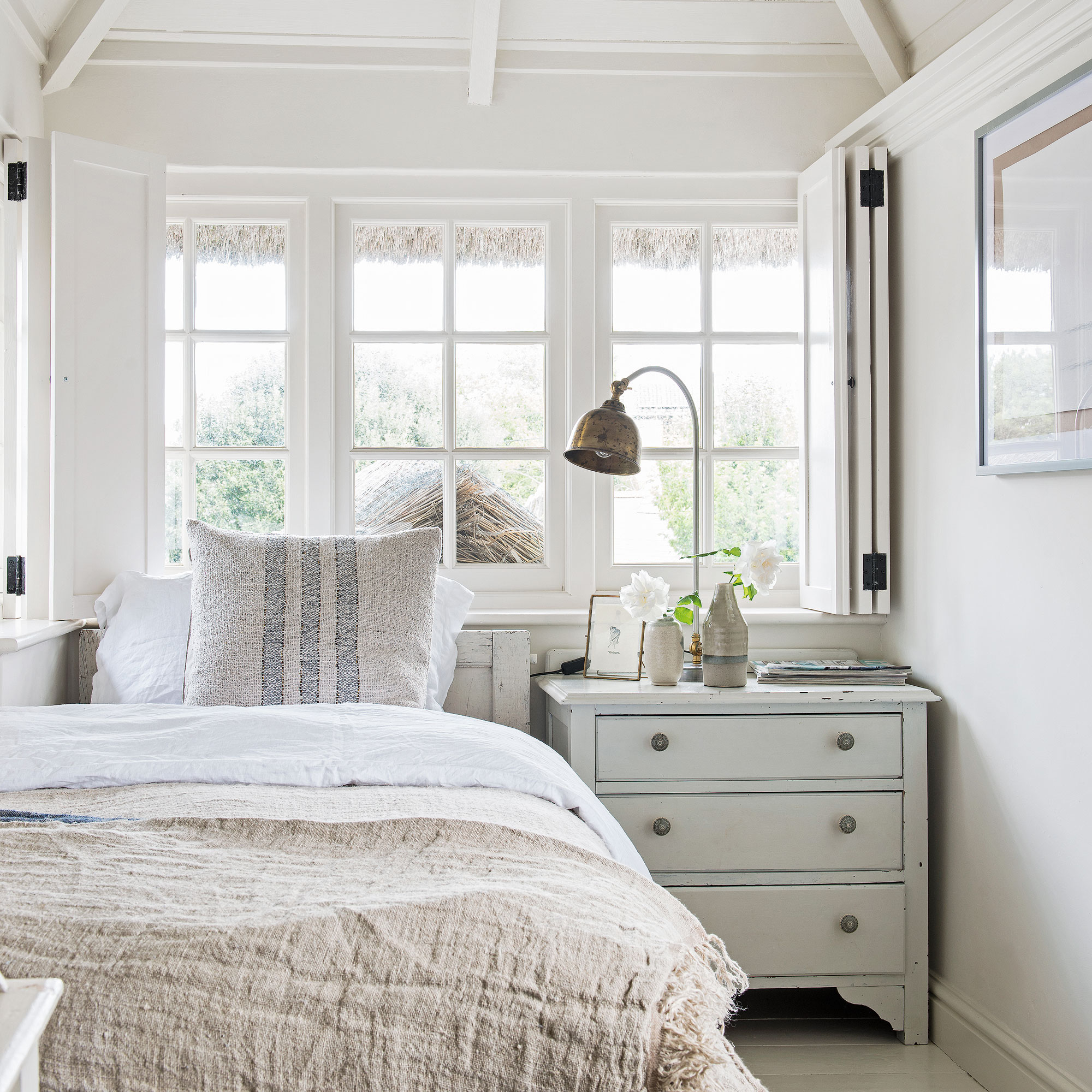
Knowing how to insulate a home is key to keeping energy bills down without compromising on your level of comfort. But it’s also essential if you want to effectively use electric heaters to heat a house. Otherwise, the warmth emitted from the heater will leak out of your home before you’ve had the chance to enjoy it. As a result, you may need more electric heaters to balance out the draughts.
Nathan adds, ‘Factors like ceiling height, window size, and whether the room is well-insulated will impact how many heaters you need. Well-insulated homes with double glazing and draught-proofing will need fewer heaters, whereas poorly insulated homes may require additional units.’
Of course, you don’t necessarily need to replace your loft insulation to make the most of electric heaters. But draught-proofing your home could be a good first step.
4. The positioning of the heater

You must also consider the worst places to put an electric heater when determining how many you need to heat your home. After all, placing it in the wrong position can not only be counter-intuitive, but it also has the potential to be extremely dangerous.
Isabella Forgione, AO's air treatment expert says, ‘It’s crucial to consider the placement of the heaters to ensure optimal warmth. For example, positioning a heater near windows or doors can help counteract draughts.’
Alternatively, placing certain heaters - like fan heaters - near or against a wall may render them useless, as they won’t be able to work to their full capacity. Because of this, it’s a good idea to understand the needs and requirements of your home and your heater to find the best position for it. In some cases, it may be that you have to buy more to keep yourself comfortable.
In other cases, it might not be worth it. Isabella adds, ‘For whole-house heating, it is more cost-effective and energy-efficient to use central heating or a dedicated heating system rather than relying solely on electric heaters, which can be expensive to run for long periods.’
5. Your personal preferences
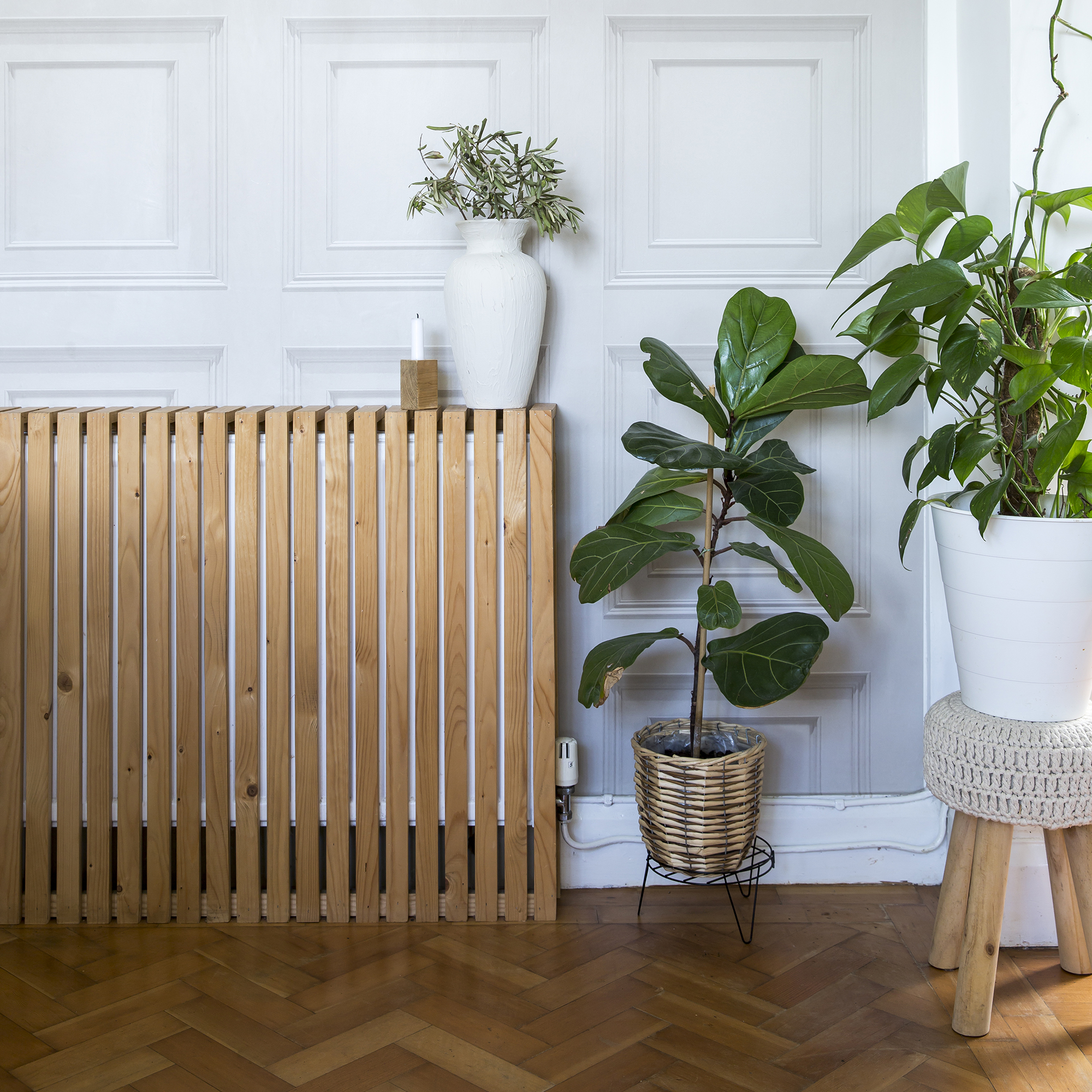
While the above factors will help you determine how many electric heaters you need to heat a house on paper (well, on-screen), the reality is that everyone has their personal preferences when it comes to warmth and comfort. So, what works for one person might not work for another.
In my opinion, your best bet is to start with one heater - preferably one that’s highly portable - so you can move it around the home and start by only heating the room that you’re using. If this isn’t enough to take away the winter chill, or you have others in your home that require an extra heat boost, too, you can simply add more.
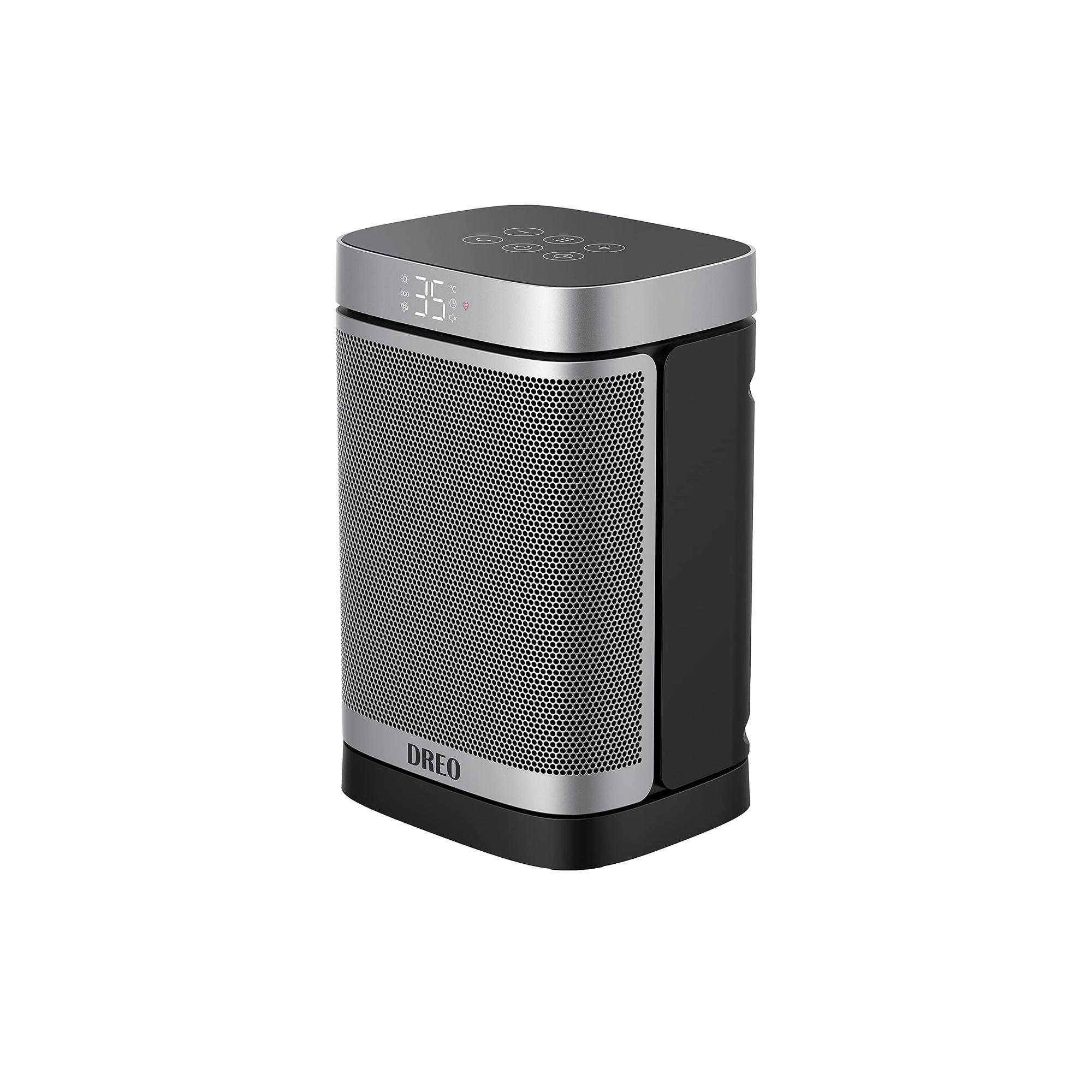
Crowned the 'best fan heater' in our guide, this electric heater offers three fan speed settings and can reach temperatures of up to 35°C. It's also on the smaller side, which means it's ideal for moving from room to room.
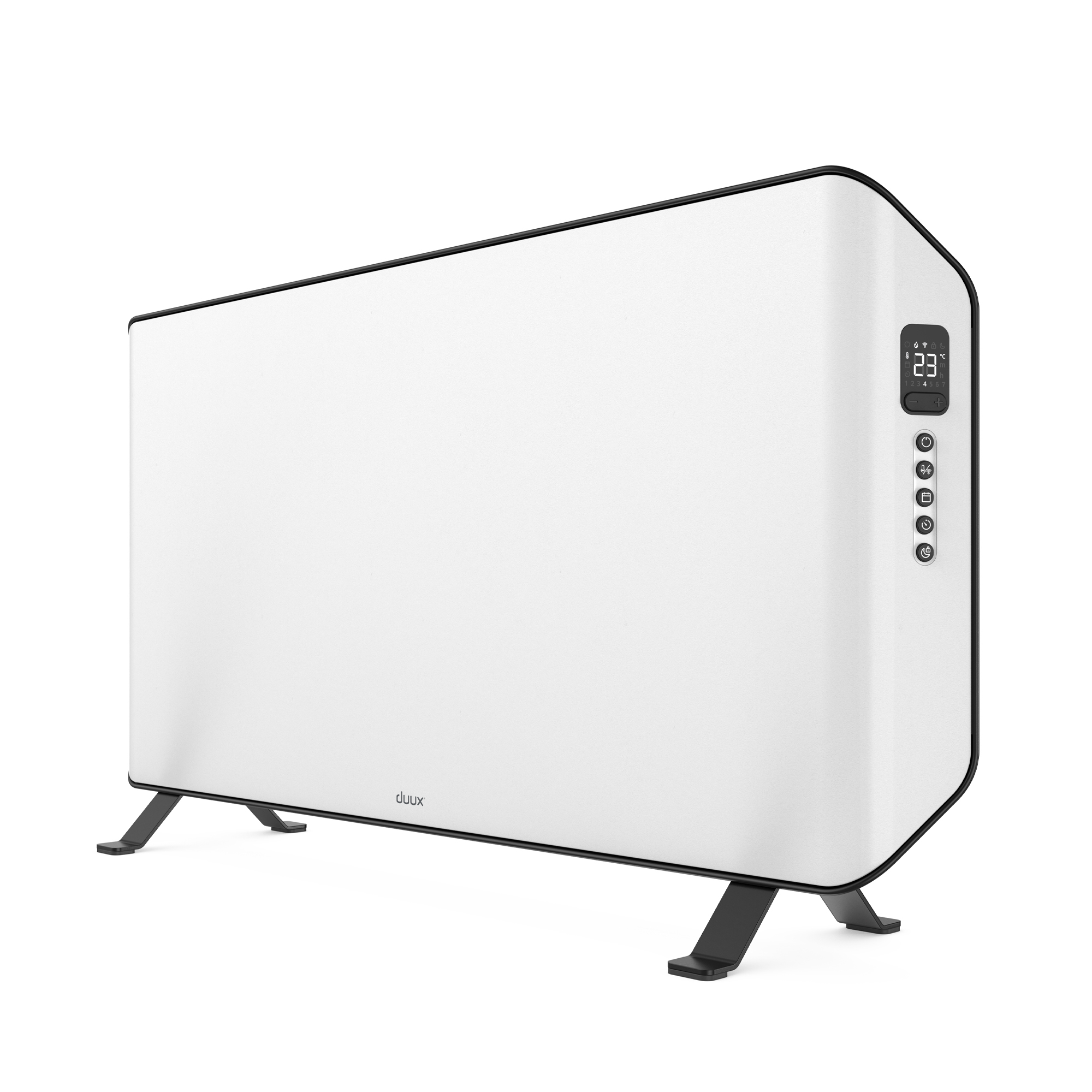
If you'd prefer a convector heater, this one is our top pick. Although it's slower to warm, it's also slower to cool down - which means it'll retain heat for longer. Plus, this one is pretty sleek and stylish.

Although this electric heater is technically an oil-filled radiator, it uses oil-free technology to heat a room. It also offers three settings, so you can tailor it to you and your home's needs.
FAQs
What size room will a 2kw heater heat?
A 2kw heater should be able to heat a room that’s up to 20 square metres in size. However, it’s important to note that this can be impacted by the level of insulation in your home, the heater’s positioning and the type of heater. So, you should always take this with a pinch of salt.
What is the cheapest way to heat a room?
Generally, gas is much cheaper than electricity, which means that it’s often cheaper to heat a room (and your whole house) using your gas central heating if you have that available to you. If you don’t want to waste money on heating your whole house, you can simply turn off the radiators in the rooms you do not need to heat and heat the room you’re using instead.
If you don’t have gas central heating, you can use electric heaters. They can be extremely effective in heating a room and won’t cost you a fortune - but they are more expensive in the long run.
So, to determine how many electric heaters you need to heat a house, make sure you consider all of the above before spending your hard-earned money.

Lauren Bradbury has been the Content Editor for the House Manual section since January 2025 but worked with the team as a freelancer for a year and a half before that. She graduated with a Bachelor’s degree in English and Creative Writing from the University of Chichester in 2016. Then, she dipped her toe into the world of content writing, primarily focusing on home content. After years of agency work, she decided to take the plunge and become a full-time freelancer for online publications, including Real Homes and Ideal Home, before taking on this permanent role. Now, she spends her days searching for the best decluttering and cleaning hacks and creating handy how-to guides for homeowners and renters alike, as well as testing vacuums as part of her role as the Ideal Home Certified Expert in Training on Vacuums, having spent over 110 hours testing different vacuum models to date!
-
 Did you know John Lewis can make your old curtains or rugs look like new? Their repair service is now available in all stores
Did you know John Lewis can make your old curtains or rugs look like new? Their repair service is now available in all storesJohn Lewis has added another string to its bow, and it's great news for your old homeware
By Kezia Reynolds
-
 This beautiful mixing bowl is the unexpected star of so many kitchens – including Mary Berry's and the Bake Off tent
This beautiful mixing bowl is the unexpected star of so many kitchens – including Mary Berry's and the Bake Off tentThis earthenware bowl proves that you don't have to spend a huge amount for a classic kitchen addition
By Molly Cleary
-
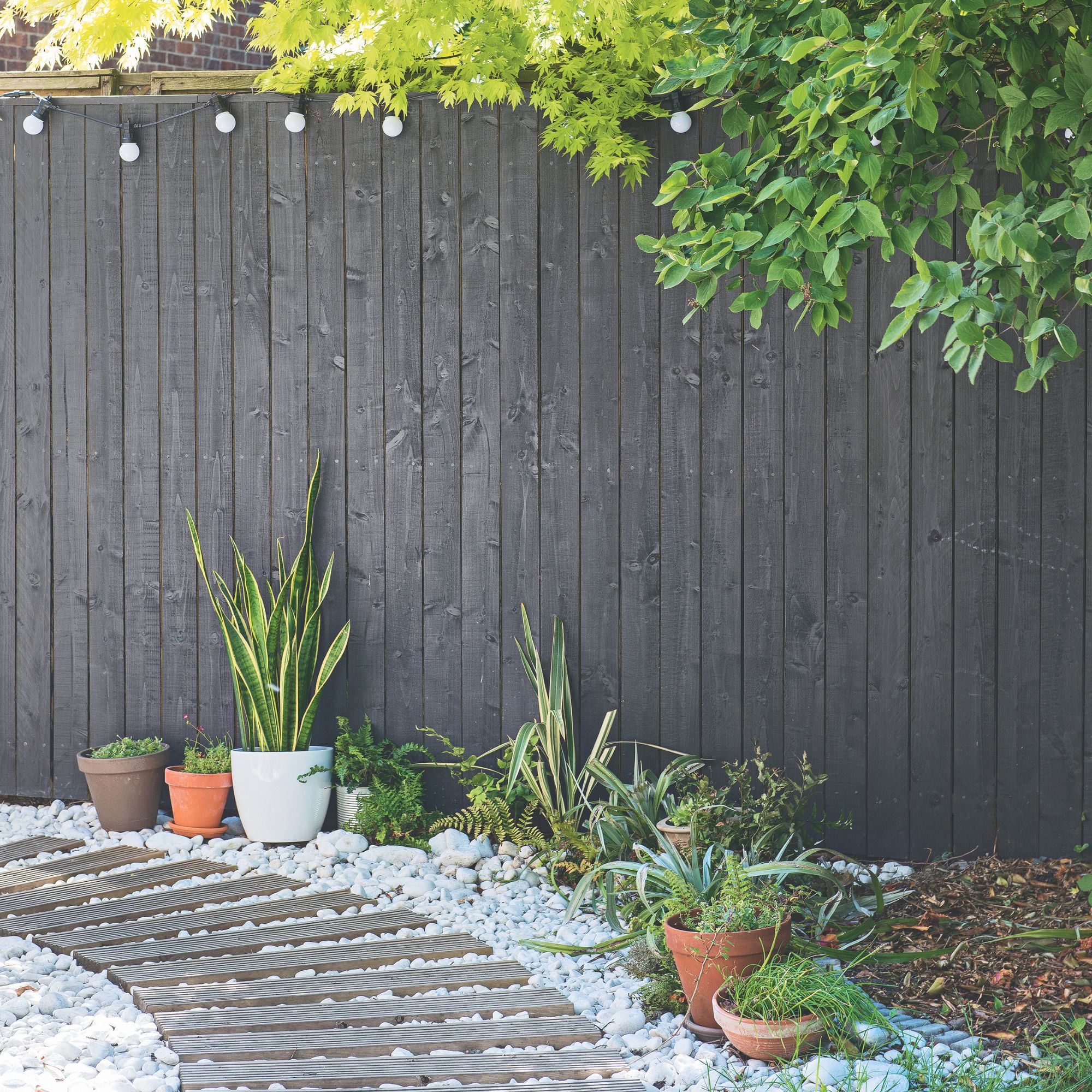 Have you been painting your fence wrong? 8 common fence painting mistakes that will lead to a streaky and patchy finish
Have you been painting your fence wrong? 8 common fence painting mistakes that will lead to a streaky and patchy finishWondering why your fence's last paint job didn't turn out like you hoped? Here's why
By Katie Sims
-
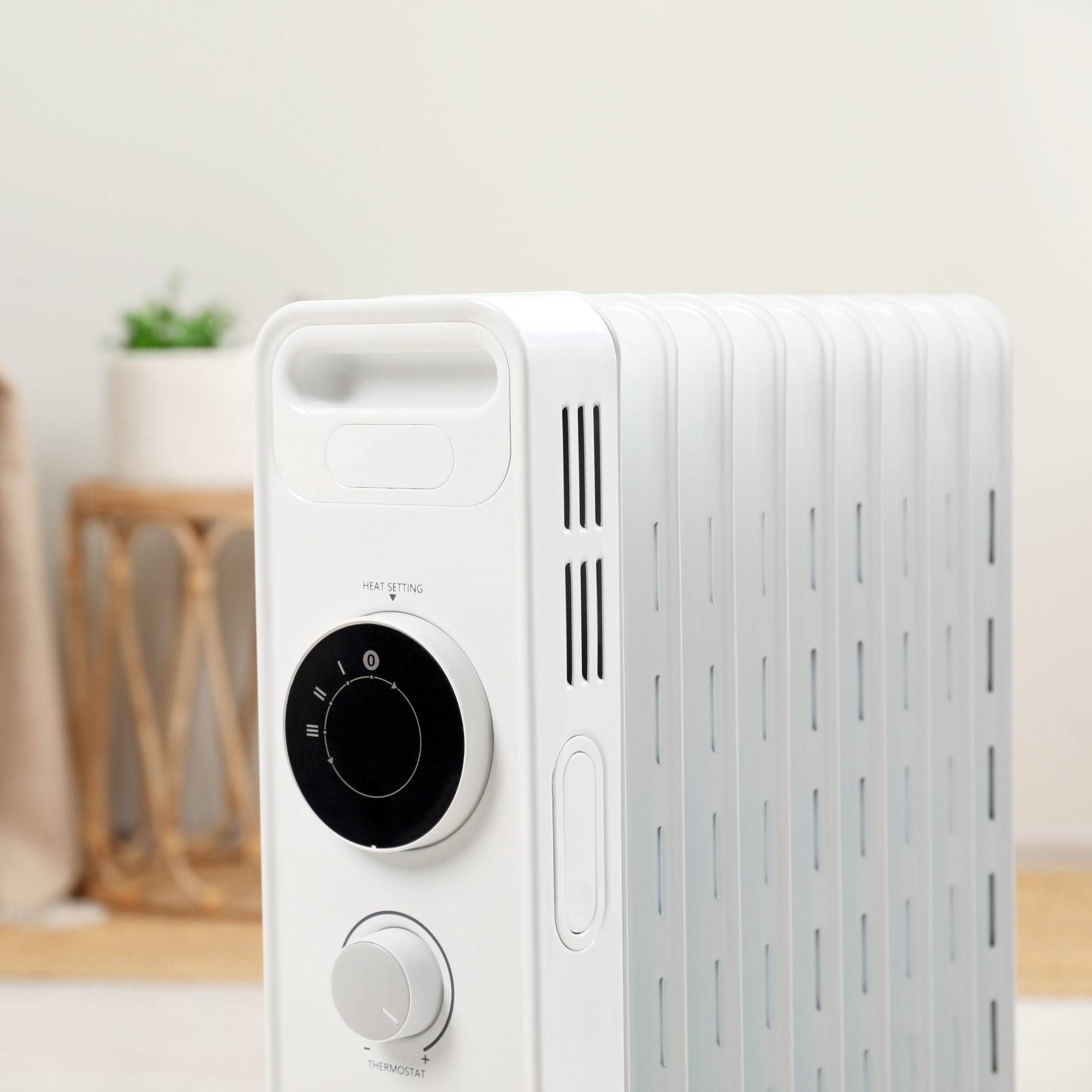 Electric heater vs electric blanket — heating experts weigh in on the effectiveness (and affordability) of these winter warmers
Electric heater vs electric blanket — heating experts weigh in on the effectiveness (and affordability) of these winter warmersConstantly cold at night? Experts weigh in on whether an electric heater or electric blanket will suit you best
By Lauren Bradbury
-
 ‘This is how we saved £25,000 on our extension — it never would have been affordable otherwise'
‘This is how we saved £25,000 on our extension — it never would have been affordable otherwise'See how we turned an ugly car port into a luxury media room on a budget
By Laura Crombie
-
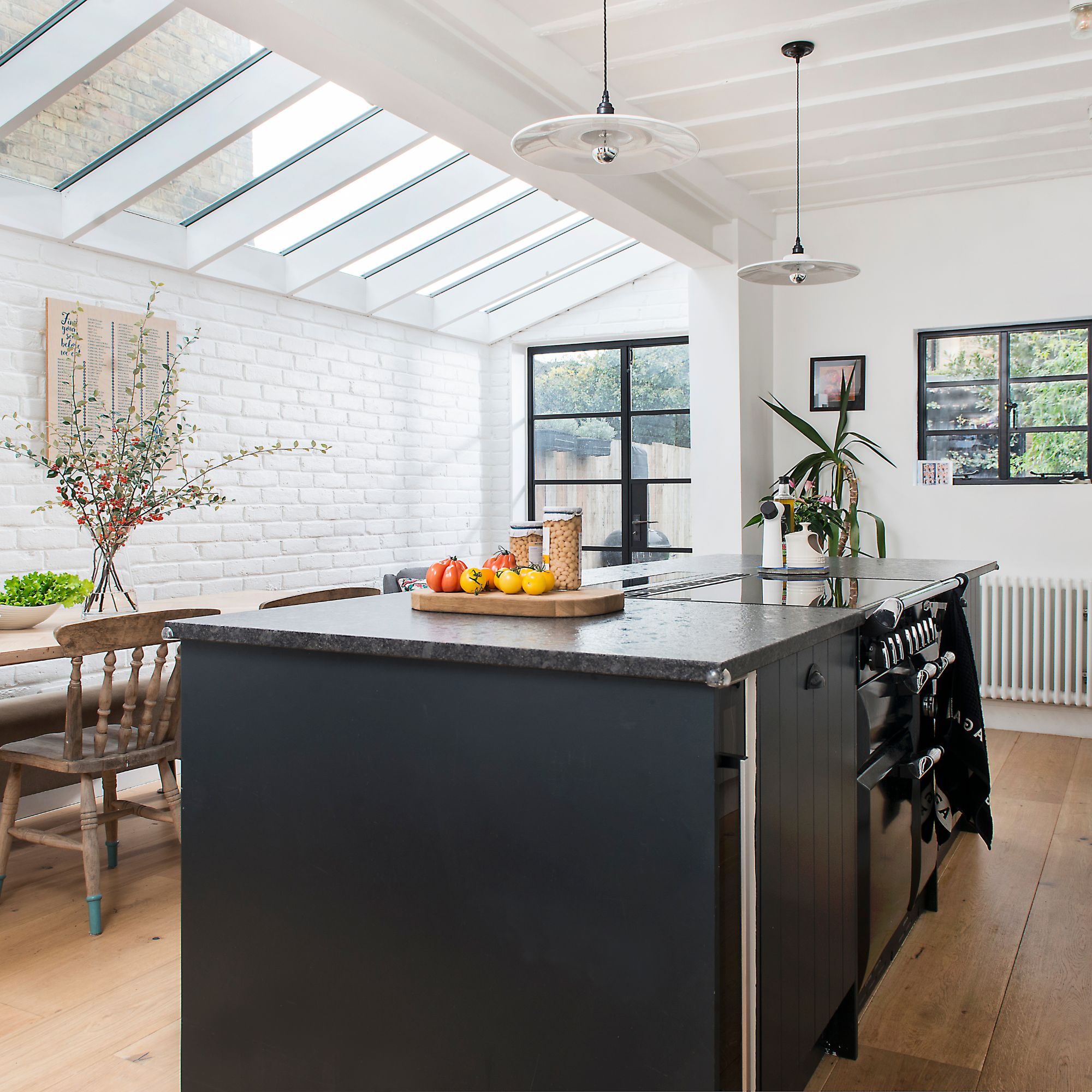 Side return extension costs — how much will it cost you to add space and will it be worth it?
Side return extension costs — how much will it cost you to add space and will it be worth it?Trying to budget for your side return extension costs? Our guide makes it easy
By Natasha Brinsmead
-
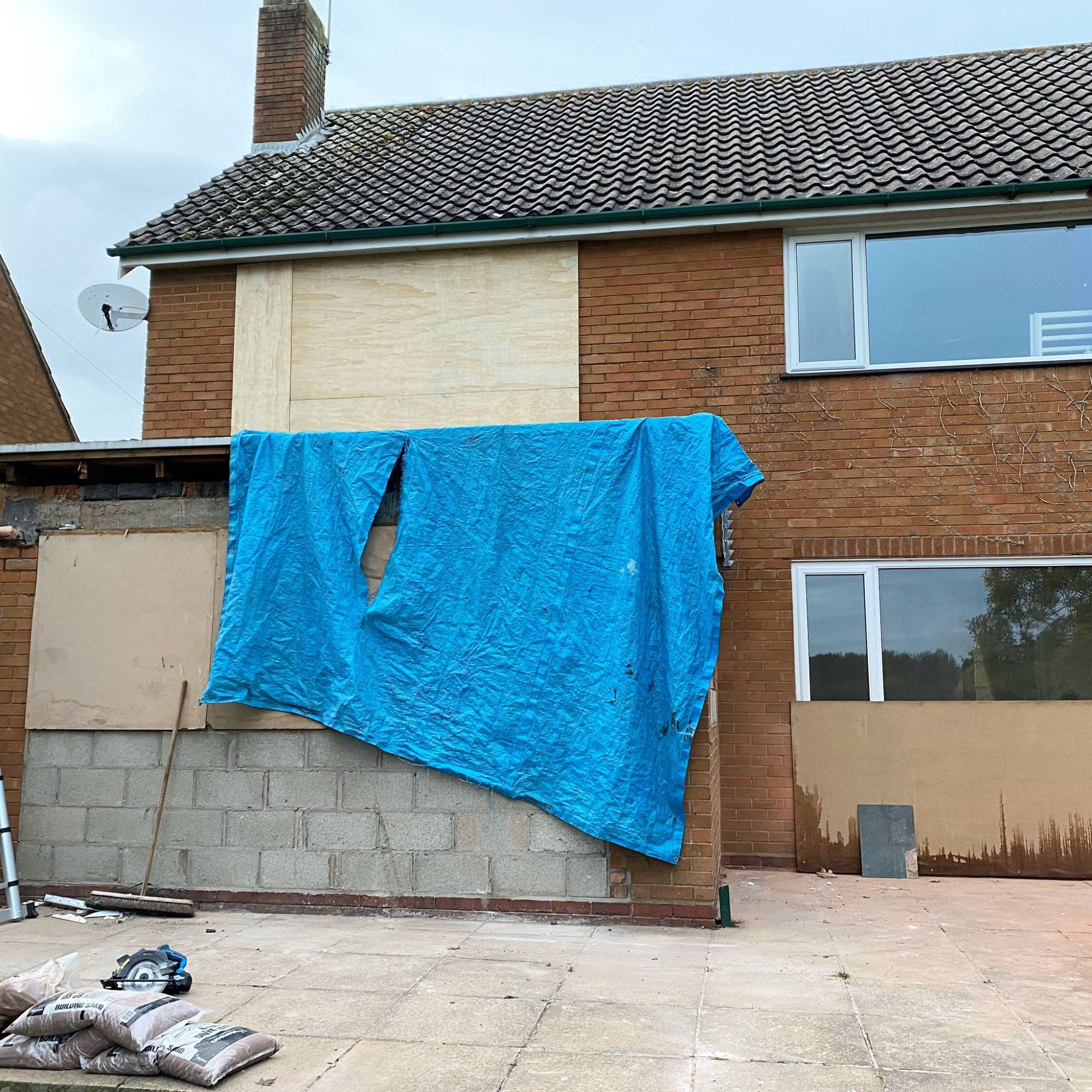 How to make the most of living on-site during a renovation project — according to those who have done it
How to make the most of living on-site during a renovation project — according to those who have done itThis is what it's like to live on-site during a renovation project, and how you can make the most of it, by those who have been there, done it and lived to tell the tale
By Sarah Handley
-
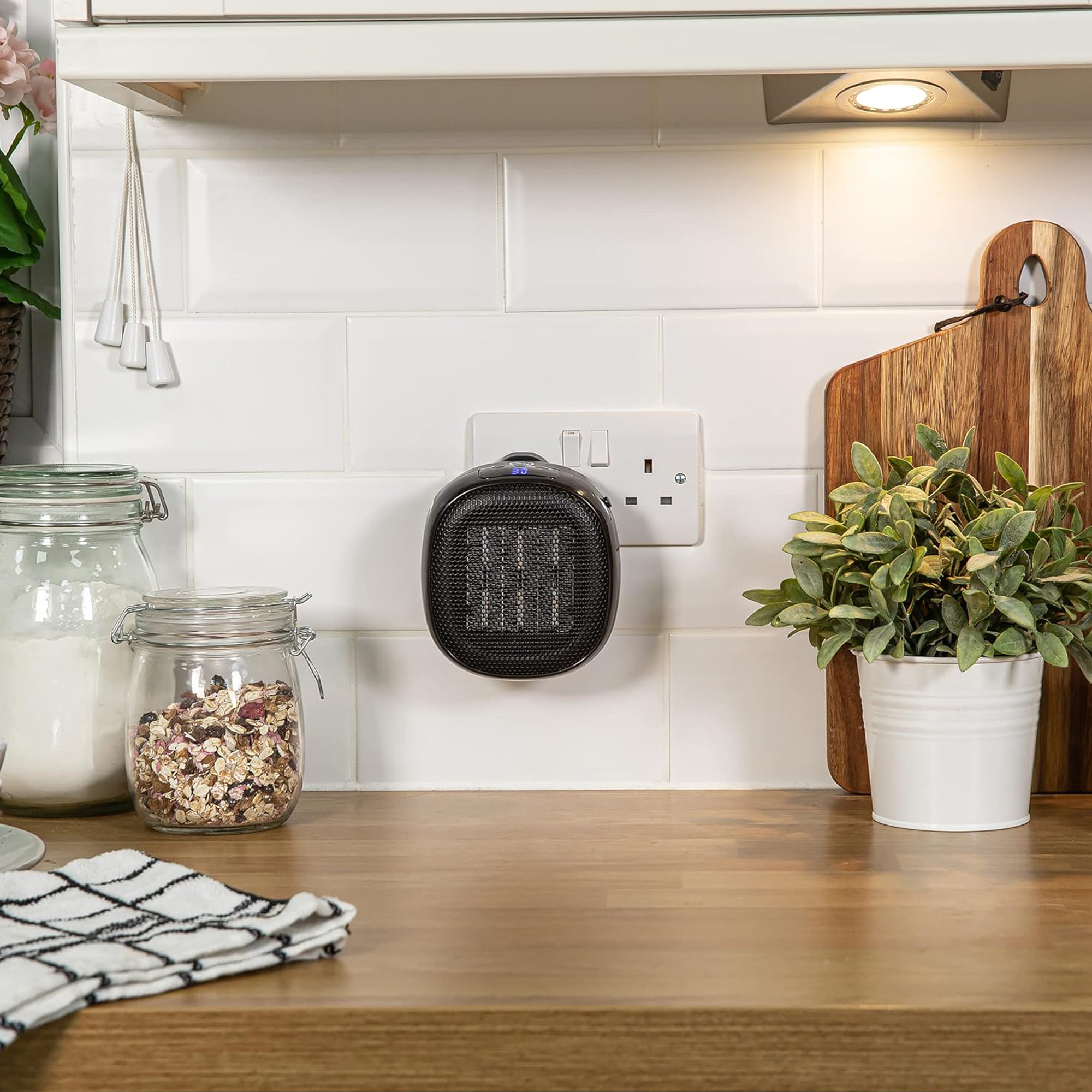 Is a ceramic heater or oil-filled radiator better for warming a home? The pros and cons to consider before investing
Is a ceramic heater or oil-filled radiator better for warming a home? The pros and cons to consider before investingWe spoke to industry experts to help you decide which heater to invest in to warm up your home
By Eilidh Williams
-
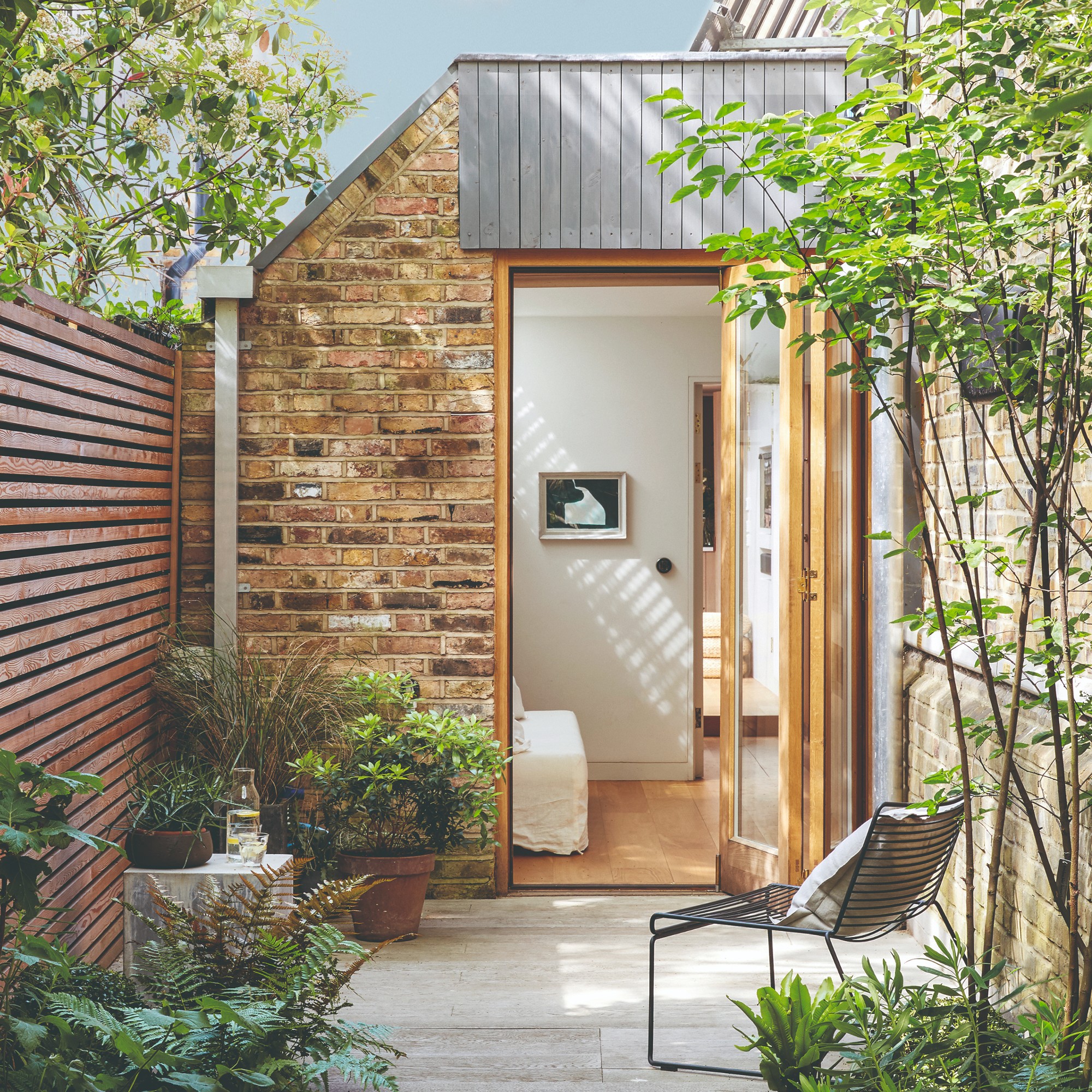 Single storey extensions — the ultimate guide to adding more space to your home
Single storey extensions — the ultimate guide to adding more space to your homeConsidering a single storey extension as a way to add space and value to your home? Our expert guide takes you through everything you need to know, from permissions and budgeting to foundations and the realities of living on-site
By Natasha Brinsmead
-
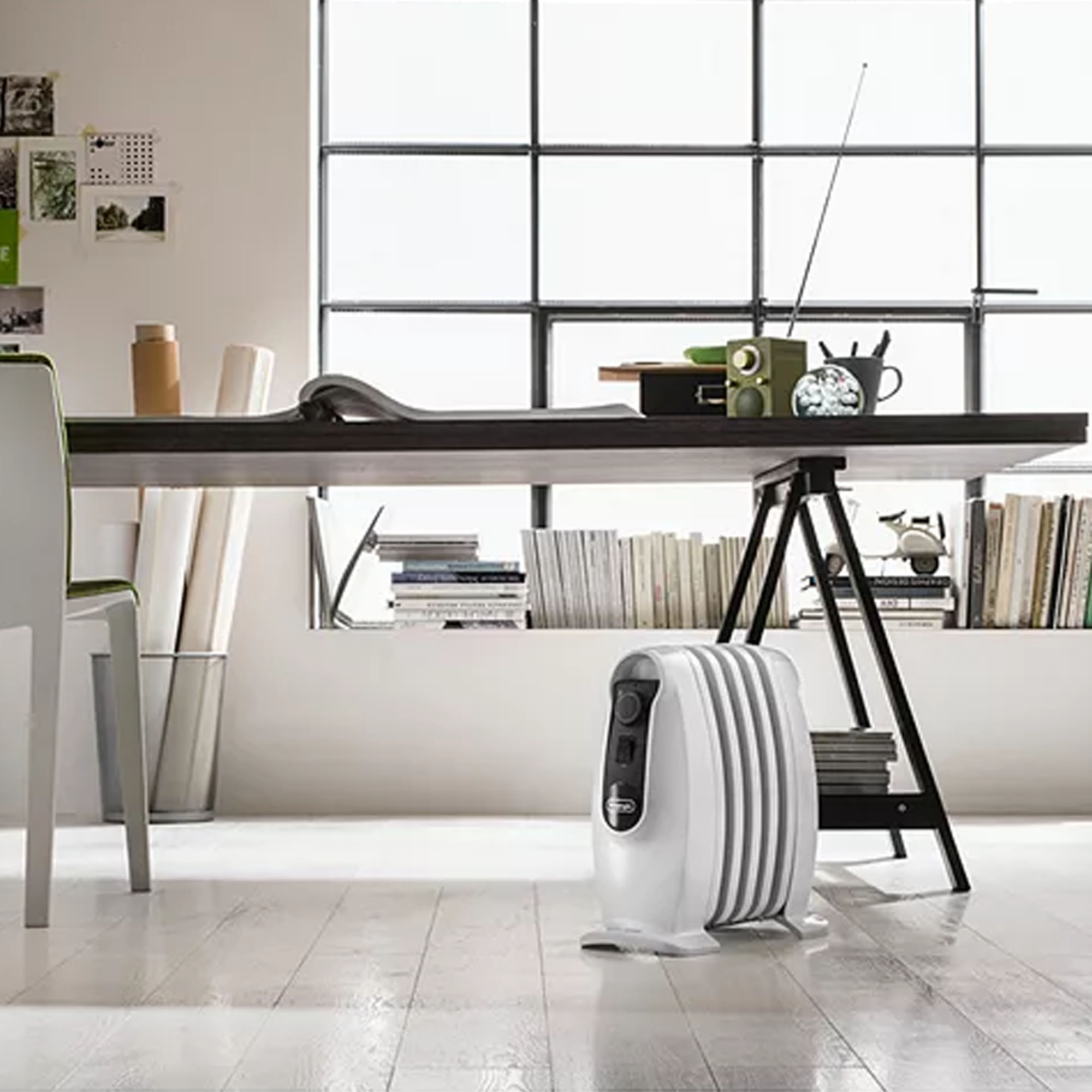 Can I leave an oil filled radiator on overnight? – Here’s what you need to know
Can I leave an oil filled radiator on overnight? – Here’s what you need to knowWe asked the experts about the practicalities, both in terms of safety and your energy bills
By Ellis Cochrane
-
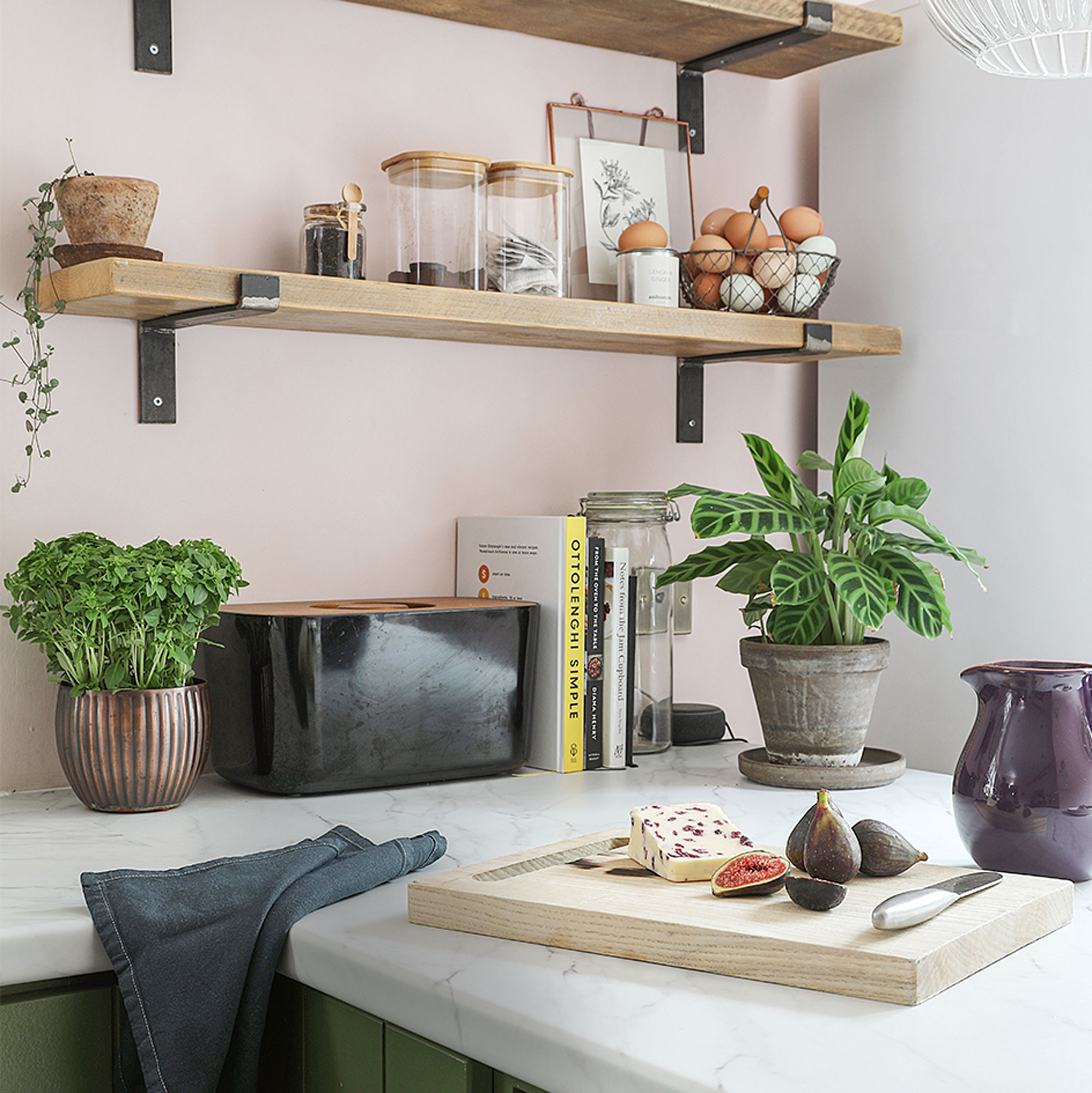 I've set up a temporary kitchen during our renovation — these are the 3 appliances I've invested in to make cooking so much easier
I've set up a temporary kitchen during our renovation — these are the 3 appliances I've invested in to make cooking so much easierWho needs an oven anyway?
By Jenny McFarlane